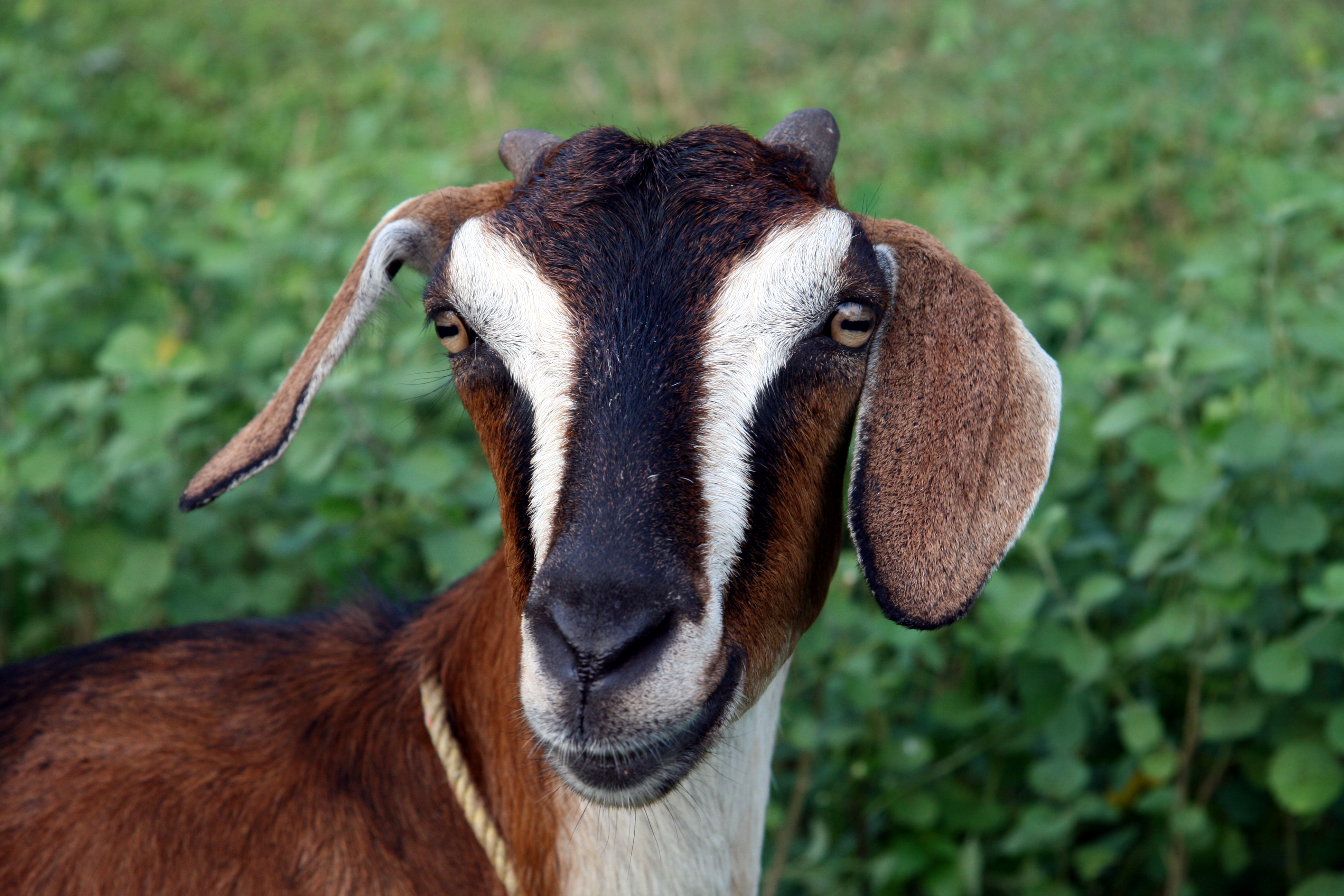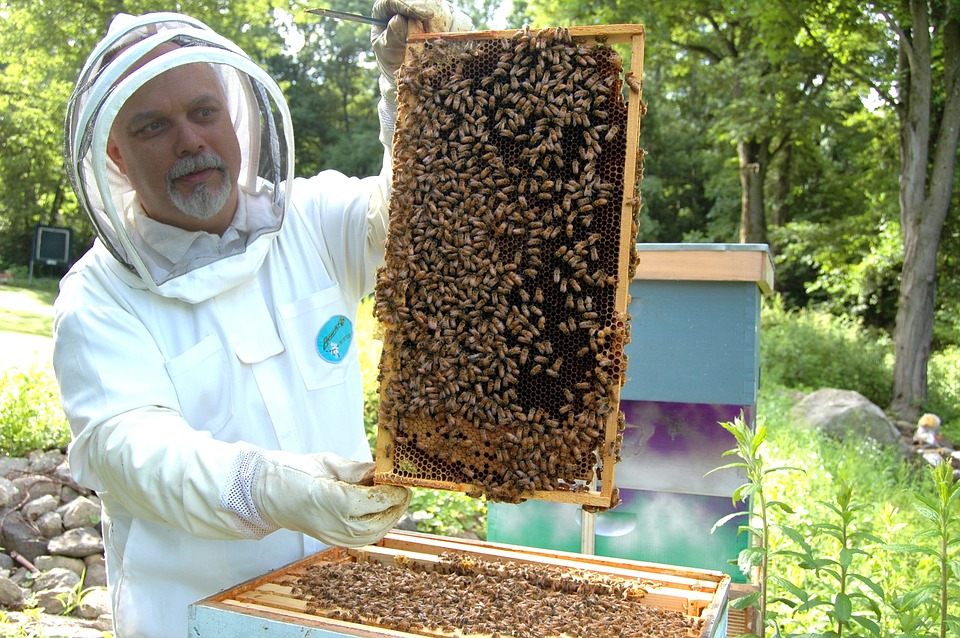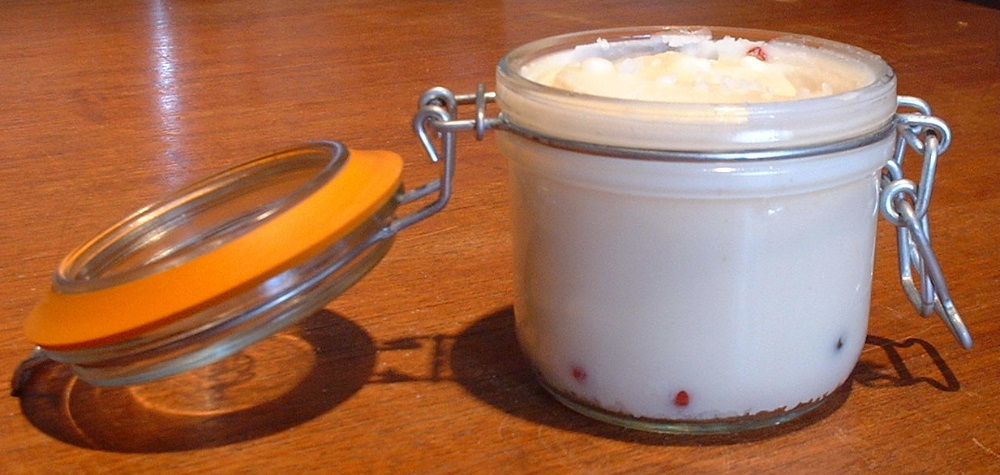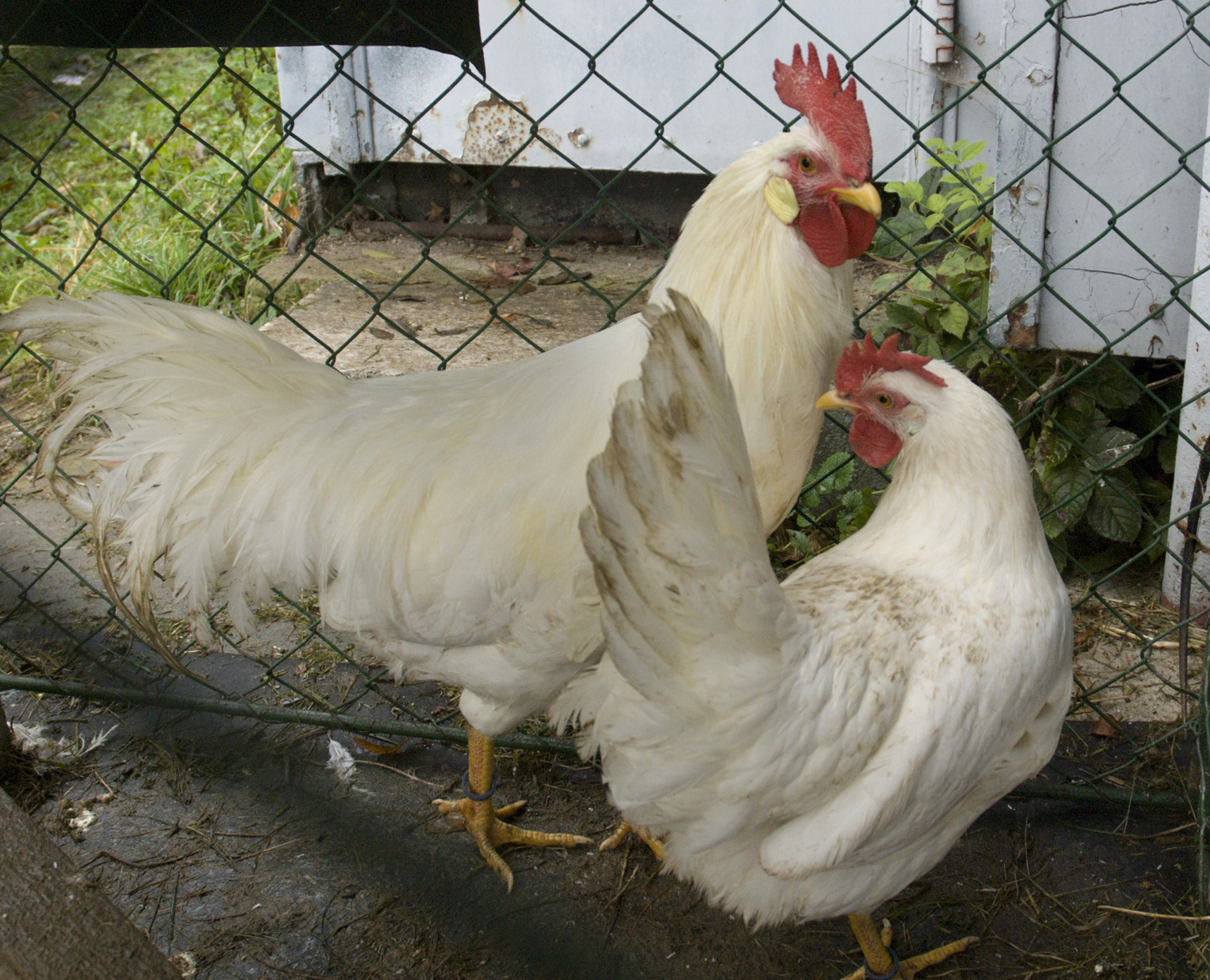5 Great Reasons to Get Goats
Goats are awesome. They’re fun, cute, useful, slightly weird, and low-budget and low-maintenance options for livestock. If you’re not convinced, below are five great reasons to get goats. 1. Milk I don’t know about you but I personally don’t need any more reason than this. Goat milk is delicious, and what’s better than loads of … Read more








